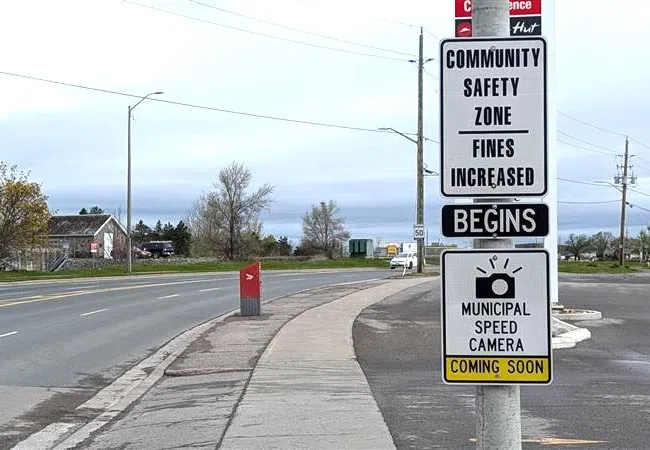
New research from CAA South Central Ontario suggests that automated speed enforcement (ASE) cameras are altering the way drivers behave, with many either slowing down or steering clear of roads where the cameras are active.
“When drivers choose to slow down or change their routes because of photo radar, it means the technology is doing what it’s meant to, reminding us to be more mindful behind the wheel,” said Michael Stewart, community relations consultant for CAA SCO.
The survey found that nearly a quarter of Ontario drivers (23 per cent) have received an ASE ticket, up from 17 per cent in 2024. Despite the increase in ticketing, 73 per cent of drivers say they slow down near an ASE camera, and over half (52 per cent) report they are unlikely to speed again after passing through an ASE zone — up from 44 per cent last year. Nearly half of drivers (46 per cent) now avoid roads where ASE is in place.
“These insights show how useful a tool ASE cameras can be,” Stewart said. “This technology isn’t about ‘gotcha’ moments; it’s about preventing real harm and changing driver behaviour.”
Public support for ASE is particularly strong in high-risk areas. Nearly three-quarters of Ontario drivers (73 per cent) back the use of speed cameras in school zones or near community centres, while 76 per cent believe cameras deter speeding altogether.
“Our research shows that ASE continues to have strong public support and can be effective in getting drivers to change their behaviour,” Stewart added. “While speed cameras may not solve every road safety issue overnight, they play an important role in nudging driver behaviour in a safer direction.”
Speeding remains one of Ontario’s top dangerous driving behaviours, with 40 per cent of drivers admitting to it in the past year. Stewart said any future expansion of ASE programs must be carefully considered.
“These cameras should never be used as a revenue generator, but rather, as a method to help protect road users and encourage safer driving habits,” he said. “CAA SCO will continue to advocate for standardized practices across municipalities regarding ASE cameras to ensure effectiveness across our communities.”
